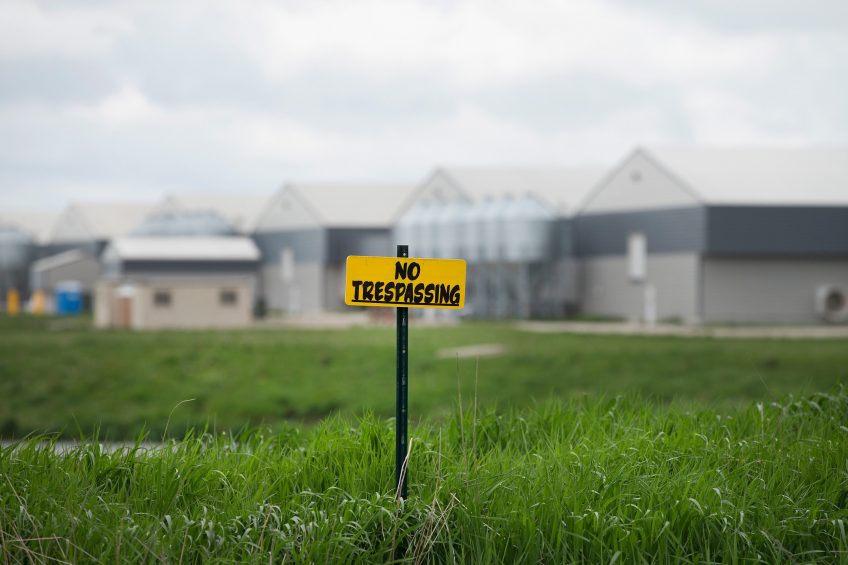US broiler exports still recovering from AI

United States’ broiler exports are still recovering from the avian influenza outbreak that the country struggled with in 2015. James Sumner, president of the USA Poultry & Egg Export Council (USAPEEC), called the outbreaks devastating for the American poultry and specifically broiler industry during the Brazilian International Poultry and Pork show SIAVS.
Total loss for the industry amounts to $4.2 billion. The broiler industry suffered the most according to Sumner, though there were no outbreaks in broilers flocks. Import restrictions from various countries, including China, had a major impact on the US broiler industry that is next to Brazil the biggest exporter of chicken meat.
Exports are getting back on track
Many countries have lifted their bans for US poultry, and most markets have been re-opened. But there’s still quite a road ahead for the industry. For this year, the US broiler export value is projected to be $3.36 billion. That’s still far below pre-outbreak levels, when the total export value amounted to around $4.5 billion for the last 3 consecutive years.
Recent outbreaks got more measured response
In the past year there were 2 smaller outbreaks of avian influenza in the United States. Sumner, who’s also president of the International Poultry Council (IPC): “The response [this time] was much better, much more measured. I think the world is better understanding avian influenza, and that we have to live with it. As you can see, AI is nearly becoming endemic in so many areas of the world: the European Union, Asia, Africa. In the near future, we might not be able to get rid of it at all.”
Re-examining AI guidelines on trade
A major theme for the IPC is the avian influenza guidelines that are set by the World Organization for Animal Health (OIE). The IPC is urging the OIE to improve its AI guidelines, specifically on trade restrictions that IPC thinks should be based on principles of risk analysis, and should better distinguish between low and highly pathogenic outbreaks, as well as if outbreak occurred in commercial sites or wild birds or in backyard birds. According to IPC: “Importing countries should be required to demonstrate that their interventions are supported by proper assessment of the risks.”













